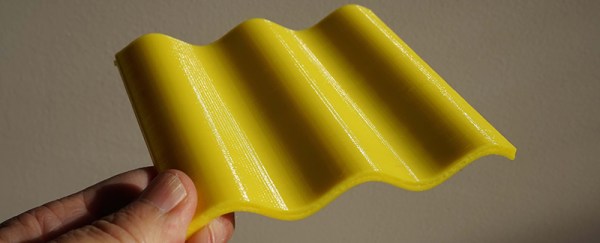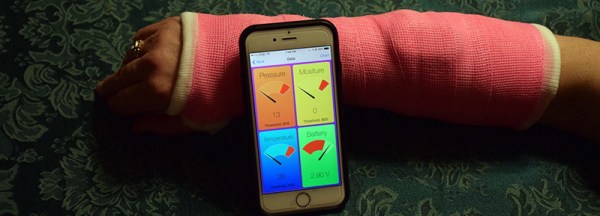Joe’s little brother Richard has never been able to speak. When Richard turned 19, he received a device not unlike the voice box of Stephen Hawking. Suddenly, Richard was able to communicate using thousands of words, and everyone could understand him. In the UK, there are thousands of people who could benefit from this technology, but can’t afford one. This is the inspiration for the Open Voice Factory, a device that allows anyone to create pages of touch screen interfaces and parses them into functioning speech aids.
The basic idea behind the Open Voice Factory is — wait for it — PowerPoint. Hold on, this actually makes sense. The Open Voice Factory is designed so caregivers can create and modify the touchscreen ‘pages’ with different words and actions. PowerPoint is universal, and everybody’s grandmother knows how to use it. In this regard, the software that is the leading cause of death for astronauts isn’t a terrible choice.
That PowerPoint stack is sent off to an online Factory that parses the commands and assembles a web page built for touch screen interaction. It’s brilliantly simple, relies on a cloud service so it’s highly marketable, and requires only a minimal hardware investment for each user. Consider the fact that computers – especially Macs – have had exceptional text to speech capabilities for twenty years now, and you wonder why something like this hasn’t come along sooner. It’s an awesome idea, and a great entry for the Hackaday Prize.






















